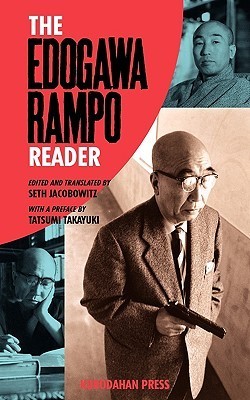What do you think?
Rate this book


292 pages, Paperback
First published December 23, 2008
Human beings are complex creatures. From the moment we're born, we are endowed with certain anti-social traits. It is taboo to act on these desires. Yet taboos are essential for human beings. Or rather, I should say it is the very need for taboos in the first place that proves human beings have an innate tendency to rebel against society. The so-called instinct for crime is another name for it.
Children are very sensitive to "inhumanity and crude taunts", and though they might walk about expressionless as a Noh mask or put on a riendly facade, underneath they burn with hatred at the real world.